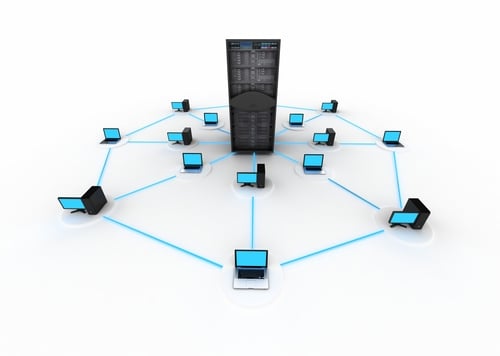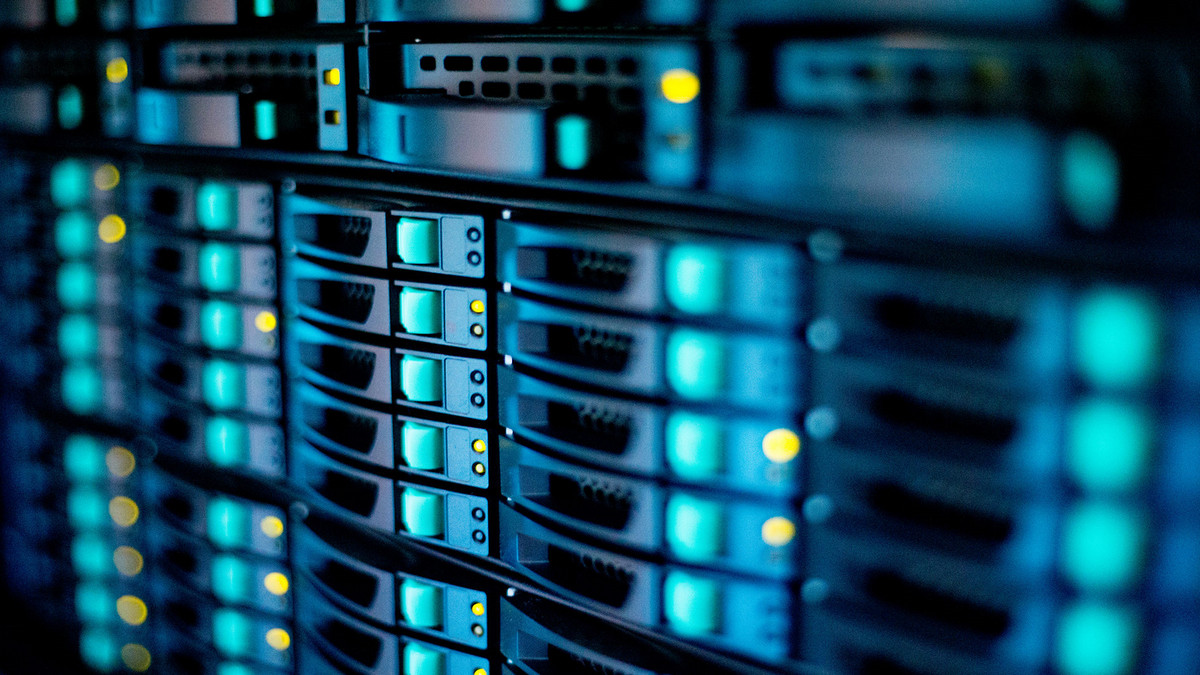What is a Terminal Server?
Imagine sitting at your desk, getting ready to tackle an important project. Suddenly, your computer freezes. The mouse refuses to budge, and your keyboard clicks go unheard. Your stomach starts to knot up as you frantically press buttons and plead with your computer to snap out of it. But no matter how hard you try, it’s no use. This feeling of helpless frustration is familiar to many of us, but what if there was a way to prevent it from happening again? Enter the Terminal Server, a technology that could revolutionize how we work, communicate, and connect. In this guide, we’ll dive into this powerful tool, how it works, and, most importantly, how it can save you from those hair-pulling moments of computer frustration.
What is a Terminal Server?
A terminal server is a type of server that allows multiple users to connect to a single host computer. It is also known as a remote desktop server, terminal services server, or simply terminal server.
With a terminal server, users can access applications, files, and resources on the host computer from their own devices, including laptops, desktops, tablets, or even smartphones. This allows users to work remotely and access their work environment from anywhere with an internet connection.
A terminal server acts as a gateway between client devices and the host computer. The server manages user connections, providing each user with a virtual desktop environment that is separate from other users. This means that each user can customize their own desktop environment and install applications or software as needed.
Terminal servers are commonly used in businesses, educational institutions, healthcare facilities, and government organizations. They offer many benefits, including centralized management, cost savings, improved security, and increased flexibility for remote work.

How does it work?
Now that you understand the concept of Terminal Server let’s delve further into the technical details of how it functions. Think of it as a virtual workspace that grants you access to your files, documents, and applications, regardless of your location. Terminal Server enables multiple users to share the same operating system and apps on a remote computer without physically being in front of it. Securely, it creates a private virtual desktop environment available on various devices like phones, tablets, desktops, and laptops.
When you connect to Terminal Server, a new session is initiated and tailored to your preferences. Furthermore, resources such as disk space, CPU, and memory are allocated to ensure the smooth running of all sessions, with none of them compromising the performance of each other.
In Terminal Server, the server itself is responsible for running the applications. At the same time, your input via the keyboard and mouse is sent, and the screen updates are relayed back to your device. Additionally, the Remote Desktop Protocol (RDP) is employed for setting up the connection between the server and your device, precisely optimizing it for remote access and allowing for a fluid and reliable experience.
The benefits of using Terminal Server are plenty. You can benefit from a robust and cost-efficient centralized computing infrastructure and enjoy quick and secure access to all your apps and files wherever you are.
Benefits of Terminal Servers
- Quick access – This is especially useful for organizations that operate branches or sites across the country. Everyone needs to share information within the company. Terminal servers are used for remote access to workstations and applications, allowing users to work on their computers but access programs and files on remote servers. This can be valuable for companies that want to give employees access to centralized information and applications without requiring them to be in the office.
- Centralized management – The big plus is that the software only needs to be installed once, just like any patches or updates. You do not have to install it on each computer, so it saves a lot of time and ensures that all your users are using the same version. It is also much easier to organize user observation. If users are suspected of violating the rules or their sessions show unusual activity, it is easy to look in and check what’s going on.
- High performance – Another advantage of the terminal server is that it allows a large number of users to manage remotely it at the same time, connecting using the RDP client built into the Windows operating system. You can simultaneously connect 30-40 users running “heavy” applications on a terminal server, all in their bubbles (user sessions), and they are all managed by a session Manager service. These applications reside on a terminal server next to a file server, so performance is very high and the people running them remotely can be anywhere.
- Saving resources and space – The user’s local computer does not need to do much, so it can have lower specs and a much longer lifespan. It only runs a sort of Remote Desktop Protocol RDP client. Since remote desktop clients are also available for operating systems other than Microsoft Windows, a user can use a Mac, iPad, Android tablet, Chromebook, Kindle Fire, etc. to connect to a terminal server. Worktables are inexpensive and easy to replace. All that is needed is a thin client (an input and display device; a compact and silent computer without a hard drive whose main operating system is loaded on the server) or a system capable of running the Terminal Services client. This is doubtful to require 1 GB of RAM and a 100 GB hard drive. When the thin client is no longer needed, it is easy to replace, without special software or special configuration.
Terminal Server vs Remote Desktop
A terminal server and a remote desktop both serve a similar purpose. They allow a user to interact with a remote session through an RDP client. The main difference is that terminal servers run on a Windows Server, and the user is therefore provided with a Windows Server desktop. Conversely, remote desktop environments typically have desktop operating systems such as Windows 10 running within virtual machines. As such, the user is provided with a true desktop operating system, rather than a session running on a server.

Tips for optimizing Terminal Server performance
If you’re using Terminal Server, it’s crucial that you optimize its performance for optimal results. After all, no one likes waiting for their computer to respond or struggling with slow processing speeds. Here are some tips that can help you improve your Terminal Server performance:
- Invest in Suitable Hardware – The performance of your Terminal Server is heavily reliant on the quality of your hardware. Invest in the best hardware you can afford, especially regarding processors, RAM, and storage space. This will help ensure your server can handle the demands placed upon it.
- Monitor Resource Usage – Keeping an eye on the resource usage of your Terminal Server is essential. You can use built-in tools to track usage over time, allowing you to identify potential bottlenecks or areas where performance could be improved.
- Tune Server Settings – Tuning server settings can help to optimize Terminal Server performance. This includes everything from adjusting the number of connections allowed to tweaking virtual memory settings. Consider consulting with a professional to get the best results.
- Optimize Network Settings – Terminal Server relies heavily on your network. You should ensure that your network settings are optimized for Terminal Server traffic, which may mean changing your routers or switches.
- Manage User Sessions – Terminal Server performance can be negatively affected by too many active user sessions. Ensure you manage user sessions properly, closing idle sessions when necessary and enforcing connection limits.
- Utilize RemoteFX – RemoteFX is a graphics acceleration platform that can help improve Terminal Server performance, especially when handling multimedia content. If your users will be working with multimedia-heavy applications, RemoteFX is worth considering.
Conclusion
Terminal servers represent a pivotal technology for micro-businesses, offering a cost-effective, flexible solution for remote access and centralized application management. By consolidating resources and simplifying IT infrastructure, these servers enable businesses to enhance productivity and security while reducing overhead costs. The adaptability of terminal servers, coupled with their compatibility across various devices, ensures that businesses can scale and adapt to future demands without significant reinvestment. Embracing terminal server technology not only meets the immediate needs of a dynamic workforce but also positions micro businesses for sustainable growth and resilience in the evolving digital landscape.